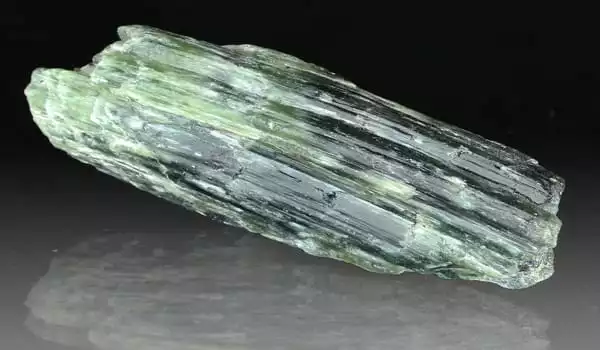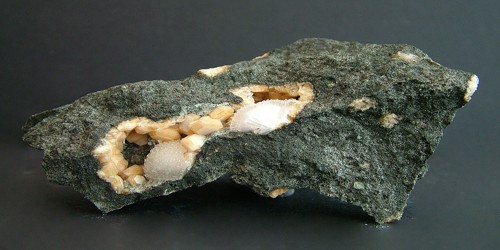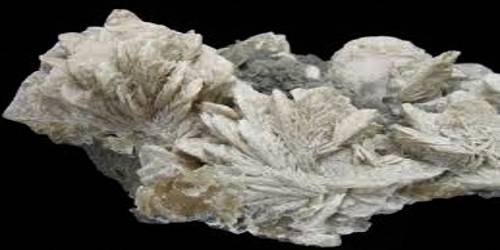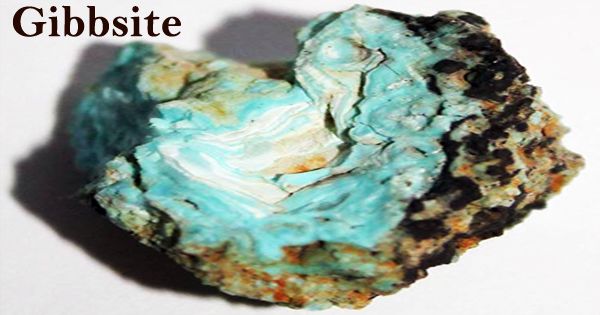Antigorite is a lamellated, monoclinic mineral in the serpentine phylosilicate subgroup with the ideal chemical formula (Mg, Fe)3Si2O5OH4. It is a monoclinic layered-structured mineral with a high Vp in the (001) plane and a low Vp in the normal plane. It is a high-pressure serpentine polymorph that is typically encountered in metamorphosed serpentinites. Because of their relative weakness and high water content, antigorite and its serpentine polymorphs play an essential role in subduction zone dynamics (up to 13 weight percent H2O).
It is named after its type locality, the Geisspfad serpentinite, Valle Antigorio in the border region of Italy/Switzerland and is commonly used as a gemstone in jewelry and carvings. It is a variety of the Serpentine group of minerals.
General Information
- Category: Phylosilicate (Serpentine-Kaolinite group)
- Formula (repeating unit): (Mg, Fe)3Si2O5OH4
- Crystal system: Monoclinic
- Color: Green, Yellowish-green, Blueish-gray
Properties
Lamellated antigorite is found in hard, pleated masses. It is typically dark green, but it can also be yellowish, gray, brown, or black. It has a hardness of 3.5–4 on the Mohs scale and a vitreous to oily luster. The specific gravity of antigorite is 2.5-2.6. The monoclinic crystals exhibit micaceous cleavage, a characteristic of phylosilicates, and fuse with difficulty.
- Crystal habit: Massive or platy
- Cleavage: (001) Perfect
- Fracture: Brittle
- Mohs scale hardness: 3.5-4
- Luster: Vitreous – Greasy
- Streak: Greenish white
- Specific gravity: 2.5-2.6
- Optical properties: Biaxial (-)

Geologic occurrences
Antigorite occurs in low-temperature, high-pressure (or high-deformation) conditions, which include both extensional and compressional tectonic regimes. Serpentines are typically found in the ultramafic greenschist facies of subduction zones, and they can be seen on the Earth’s surface due to secondary exhumation. Serpentinites containing antigorite are typically severely distorted and have different textures, indicating the dynamic region in which they developed. Magnetite, chlorite, and carbonates are frequent minerals associated with antigorite serpentinites. Under hydrothermal activity, low grade metamorphism, and weathering, olivine transforms into antigorite, which is commonly associated with talc and carbonate.
3Mg3SiO4 (olivine) + H2O + SiO2 → 2Mg3Si2O5OH4 (serpentine)
2Mg3Si2O5OH4 (serpentine) + CO2 → 2Mg3Si4O10OH2 (talc) + 3MgCO3 (magnesite) + H2O
Occurrence: Commonly replaces ultrama¯c rocks, pervasively or in crosscutting veinlets. As a replacement of siliceous dolostone along contacts with diabase sills.
Association: Chromite, magnetite, chrysotile, olivine.
















